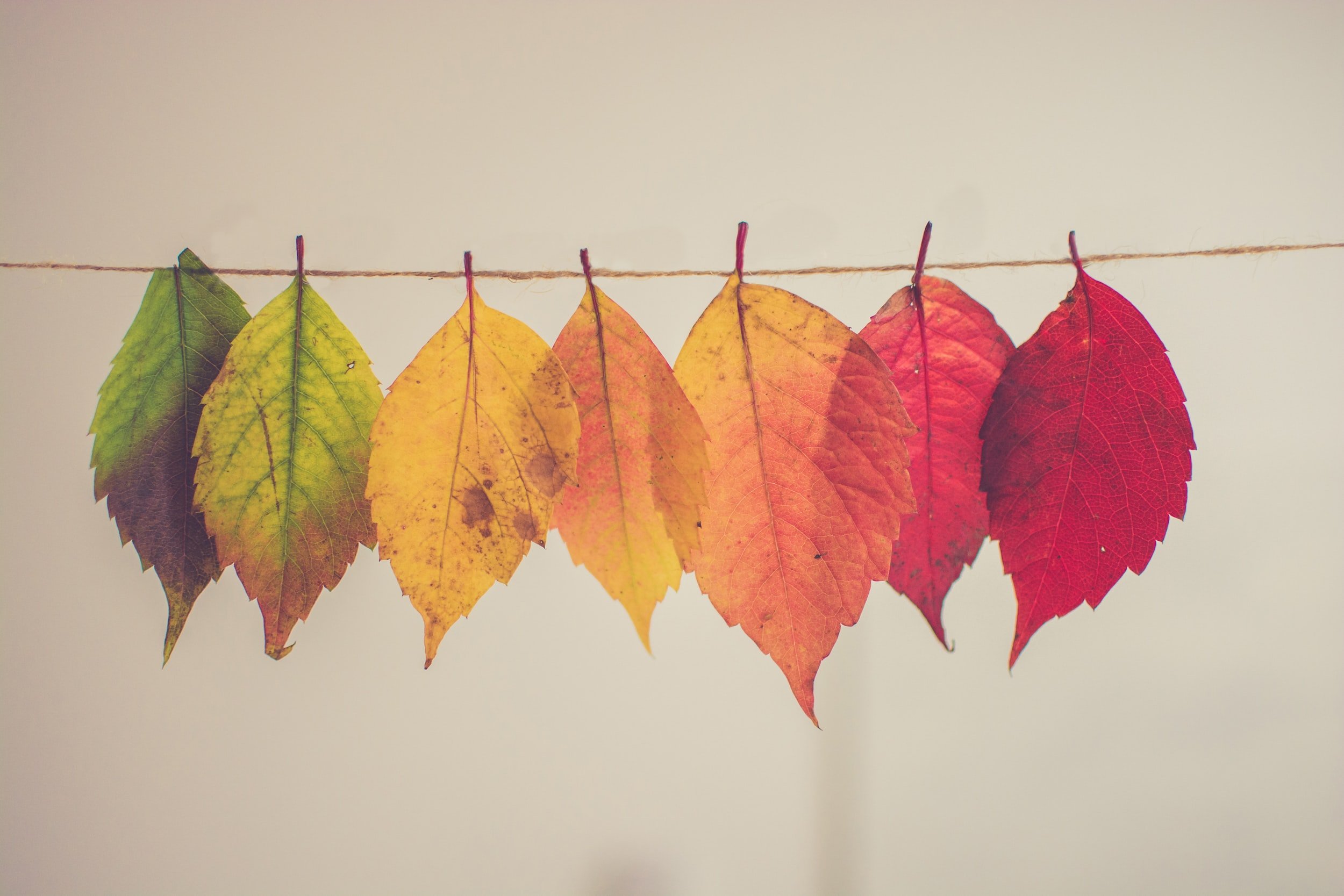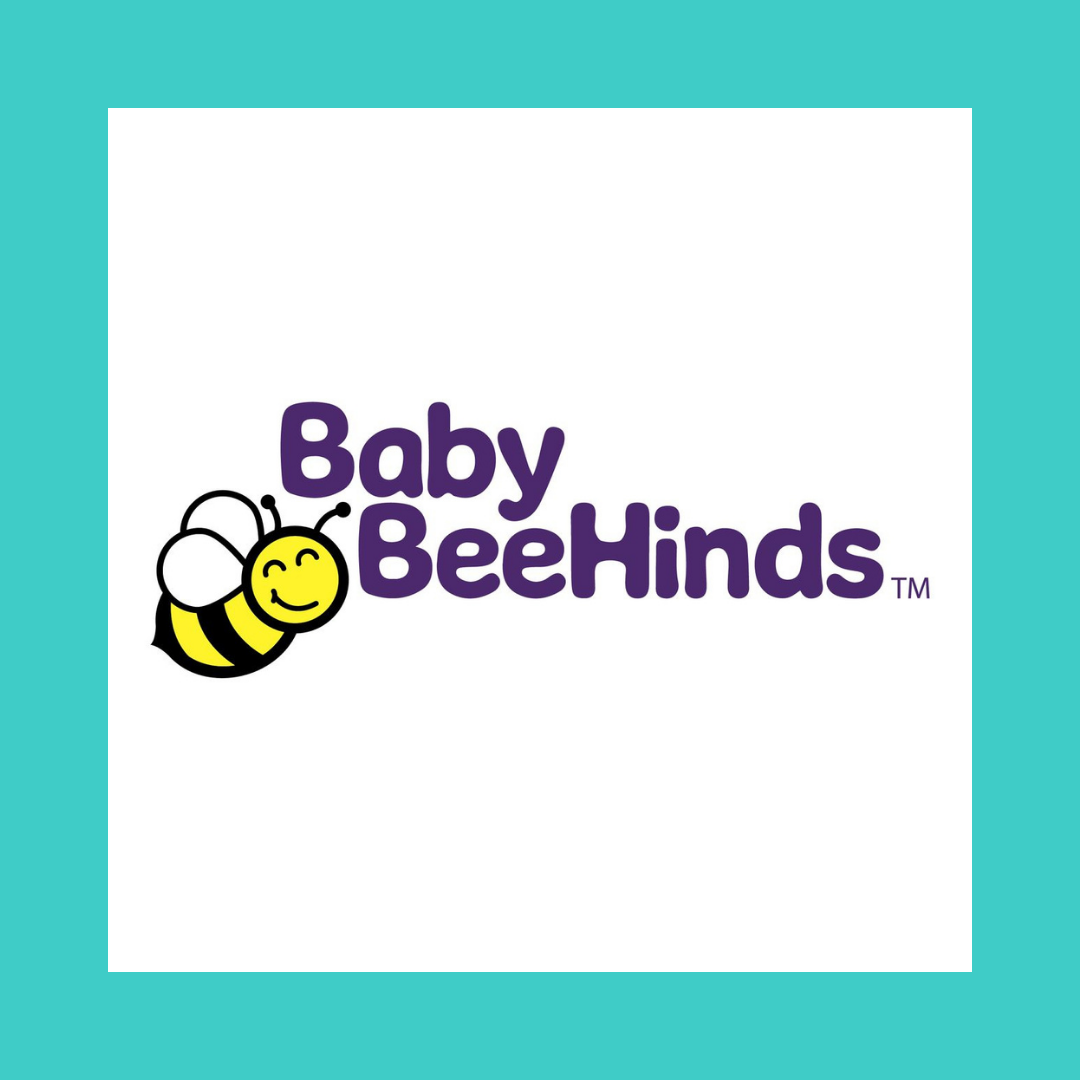Baby BeeHinds Washing Instructions
-
Any nappies which contain natural fibres (bamboo/hemp) do require pre-washing to increase absorbency. They reach their best absorbency after 8 + washes, however it is fine to use them after the initial pre-washing. Just remember their best absorbency comes after 8 + washes.
To wash your nappies before use, simply run them through a normal cycle 3 - 5 times. (Use detergent in first cycle only). No need to dry in between washes & no need for detergent. After these initial washes, simply dry your nappies and you're ready to go!
You can also soak your items overnight in cold plain water, followed by a regular wash cycle, but just keep in mind best absorbency comes after the 8 + washes, so if you get any leaks over the first few wears this will be why!
No pre washing is required for Baby BeeHinds PUL Covers, Swim Nappies, AI2 & Multi-fit Shells.
-
Wool covers require some extra care. In order for your wool cover to perform its best, it needs to be 'lanolised'. Lanolin is the natural oil found in wool that helps to keep sheep dry in the rain. The wool needs to have this lanolin replenished every couple of weeks to maintain its leak proof abilities. You can use 'Lansinoh' or any 100% lanolin usually sold at chemists. The lanolin in the wool neutralizes the urine, meaning your cover is self-cleaning.
You only need to wash your cover if it becomes soiled, stinky or dirty, or when it requires re-lanolising. If your baby is a heavy wetter with very strong urine, you will probably need to lanolise more regularly. We'd recommend lanolising about once per fortnight to once a month depending on how many covers you have in rotation.
Click here for steps on how to lanolise your wool covers.
BeeHinds Wool Covers only need washing every few weeks providing they are not soiled and have been lanolised well enough. When you change your baby's nappy, hang the wool cover to air dry until you next need to use it again (it is best to alternate between covers when using wool).
Baby BeeHinds wool covers can be machine washed, on the gentle cycle, inside a laundry or delicates bag. Make sure you only use cold water to wash in (you could wash them in with your clothes). If you prefer, you may choose to wash by hand in cool water using soap flakes or wool wash (ideal). These are nice and gentle on the natural fibers of the wool. Once it is clean, rinse well under cool water, lanolise, and then hang in the shade to dry.
Do not soak your wool covers in whitening or soaking solutions.
-
When soiled, simply empty solids into the toilet. To make life easier though, we highly recommend the 'Little Squirt' or flushable BBH Nappy Liners.
Optional: Give the nappy a quick hand rinse to remove any excess urine to minimise smells and stains. This will dilute the urine in the nappy. Sometimes, strong urine can degrade nappies if they are left too long in the bucket.
Place nappy in a dry bucket, XL wet bag or similar container until ready to wash. Don’t soak.
Remove inserts from pockets, secure velcro laundry tabs on covers, all-in-ones & swim nappies to prevent catching prior to adding to the machine.
Pre-Wash Cycle - COLD or WARM to remove any solids or excess urine prior to main wash. Use small amount of detergent with the pre-wash cycle. Then follow that with.
Your nappies can be washed with normal clothing, simply add the clothes after the pre-wash cycle to bulk up your load for optimum performance.
WARM, LONG or HEAVY cycle with detergent. (Max 60 degrees) with your chosen detergent. Choose the longest wash cycle on your machine for the main wash. Short cycles will not get your nappies clean.
Use the recommended dose of detergent on the detergent packaging.
Line or tumble dry on LOW.
-
Do NOT use any detergents which contain fabric softeners or chlorine-based bleach.
We do not recommend soaking your nappies in any solutions particularly those that contain chlorine bleaching agents, as it will directly affect a nappy's lifespan. However, soaking in plain water is okay if this is your preference.
Do not expose PUL to heat over 60 degrees.
-
If you need to use a nappy rash or barrier cream that contains zinc or petroleum then ensure you use a nappy liner (flushable or micro fleece) to prevent residue sticking to your nappies which reduces their absorbency. Ensure you use a mainstream detergent & hot wash to remove any excess creams.
Wash every second day.
PUL covers are to be cared for in the same manner as your nappies, however we recommend washing them in a lingerie bag to keep them looking nice! Remember to always fold back the laundry tabs on your PUL covers, All In Ones & Swim Nappy.
If line drying your nappies, to keep nappy elastic in best condition, try pegging your nappies on the line 'horizontally' rather than 'vertically'. This way, the weight of the wet nappy does not stretch the elastic whilst drying. Alternatively, drape nappies over a clothes horse instead.
Use Dettol or Canesten very sparingly & generally these should only be used if gastro or thrush has been present in the nappies. Ensure you run additional rinse cycles to remove all residue of these products.



